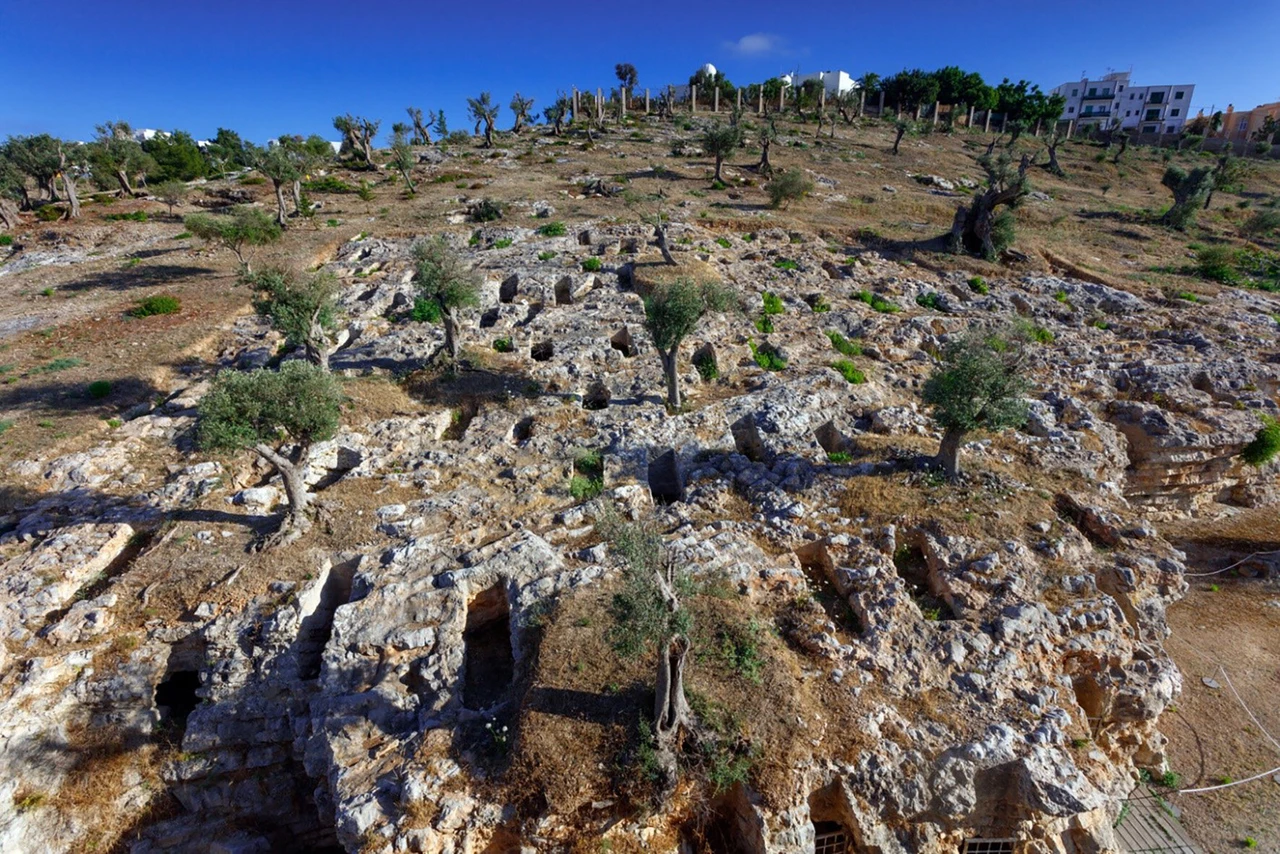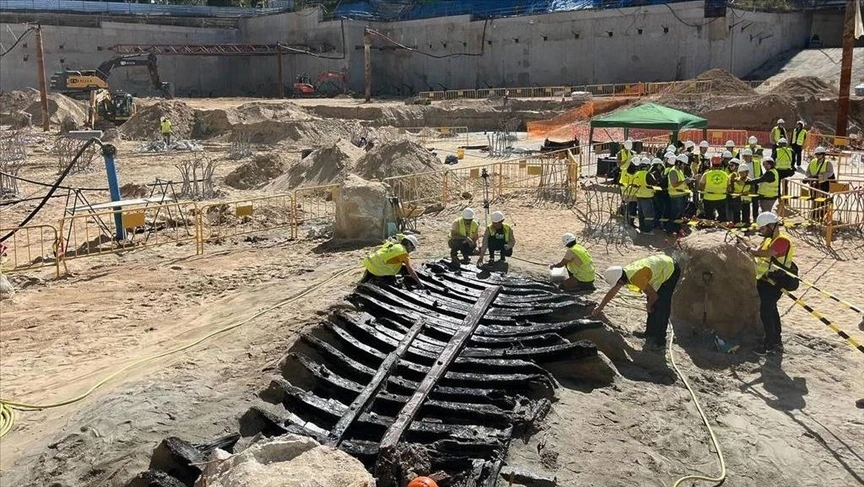Roman sculpture masterpiece: Colossal Zeus head unearthed in Türkiye
 Prof. Roland R. R. Smith of Oxford University, Head of the Aphrodisias Excavations, and the "colossal Zeus head" found at the ancient city of Aphrodisias in Aydin, Türkiye, August 1, 2024 (AA Photo)
Prof. Roland R. R. Smith of Oxford University, Head of the Aphrodisias Excavations, and the "colossal Zeus head" found at the ancient city of Aphrodisias in Aydin, Türkiye, August 1, 2024 (AA Photo)
The colossal Zeus head discovered in the ancient city of Aphrodisias is considered one of the most significant examples of Roman sculpture.
Professor Roland R. R. Smith, head of the Aphrodisias Excavation, emphasized the immense historical heritage of the ancient city reflected in this find.
Smith noted that the Zeus head was found during the clearing of vegetation around the Aphrodisias Temple. He pointed out that the sculpture carries sophisticated details of Roman portrait art, with some paint residues still visible on the statue.

Smith highlighted that the high craftsmanship and aesthetic features of the sculpture reflect the excellence of Roman Imperial sculpture.
“The Zeus head represents both an architectural piece and an advanced portrait example,” said Smith. “This is not just a find but a demonstration of Aphrodisias’s magnificent offerings. We are researching the context and use of the piece to learn more, and it may have come from a sacred area or temple.”
Smith also noted that the sculpture features drilled details in the hair and beard, commonly seen in high-quality portraits.

Furthermore, he pointed out the open depiction of the mouth and teeth, indicating the intention to represent Zeus as a living deity.
Smith concluded that such finds in Aphrodisias highlight the artistic and cultural richness of the ancient city and showcase the peak of Roman Imperial sculpture.



